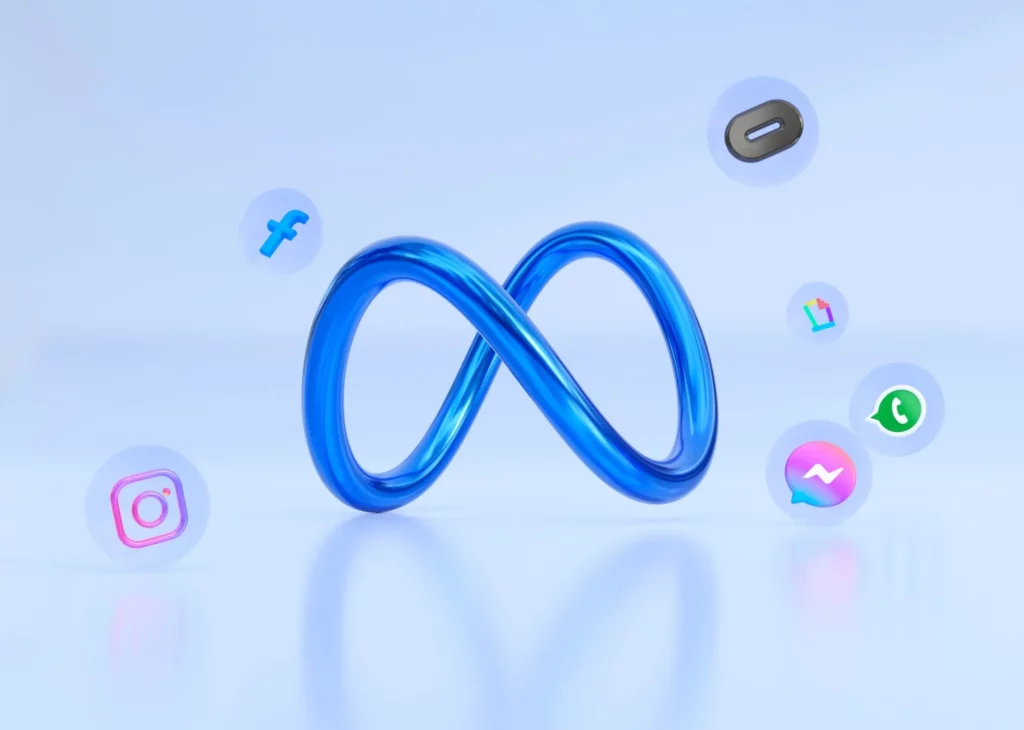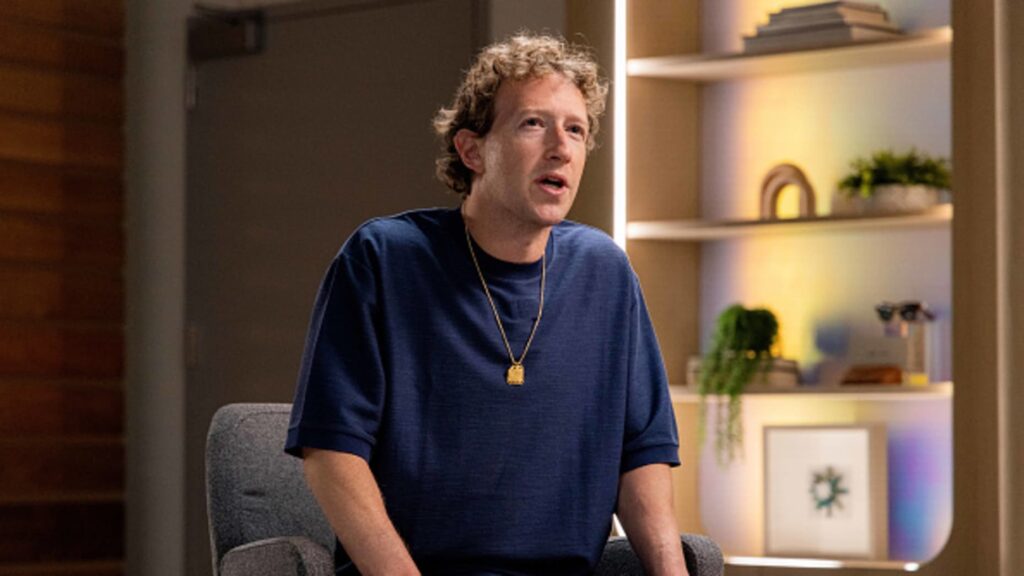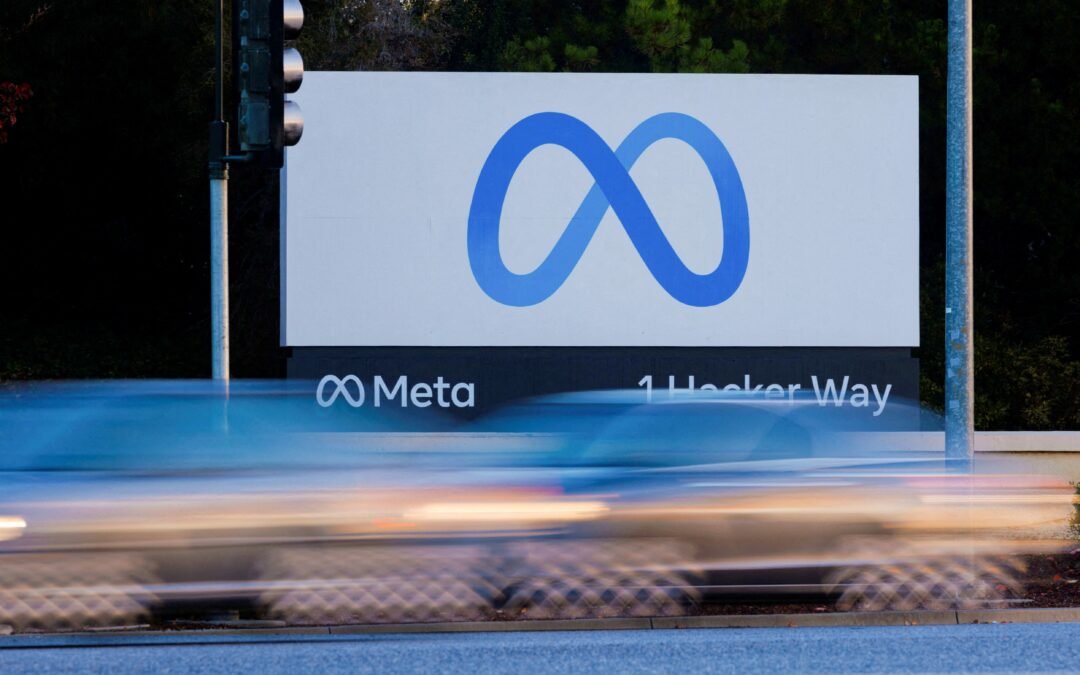What is the best strategy for advertisers to maximize the performance of their Meta campaigns?
Meta suggests that the solution is to buy more ads on Meta.
It recommends that advertisers add new advertising to their Advantage+ Shopping Campaigns every week, especially during the Christmas season.
Meta would say that, of course. But this isn’t the only one.
READ MORE: Meta’s Favorite Mix Is Video And Generative AI
Lather, rinse, and perform.
Yingying Kuang, VP of growth and ecommerce at haircare and beauty accessories firm Kitsch, which spends over seven figures each month on Meta, has been following Meta’s suggestions, and it’s working.

Creative diversification, which Meta refers to as deploying a number of different ad formats and creatives across its platforms to help the algorithm learn, “has been great for us,” Kuang said.
“I remember the days when you had to pretty much just guess which audience would work for which messaging,” she informed me. “There isn’t that manual guessing anymore; we’re trusting the algorithm and the AI to find the correct audience.”
READ MORE: TikTok Joins The AI-Driven Advertising Pack, Competing With Meta For Ad Money
Every week, Kitsch tests between 50 and 80 new ad creatives, allocating at least 30% of its expenditure to creative testing.

The more ad creatives Meta’s algorithm can chew on, the faster it can determine what works – and what doesn’t – and optimize accordingly.
For example, Kitsch discovered that ads for its shampoo and conditioner bars, which promote hair growth, performed very well with an older population on Meta. It updated its advertising material to reflect this and began highlighting more mature models and artists.
“This is one of our top audiences now from a performance perspective,” Kuang told me.

ObjectsHQ, an ecommerce site that sells modern furniture, has experienced similar results since implementing Meta’s AI ad solutions in Q2.
Previously, “we not only found it extremely tedious and time consuming to manually optimize campaigns,” said Alfred Chehebar, the company’s CEO and founder, “but we also saw varying degrees of success at different times and couldn’t pinpoint what the issue was or the optimal solution.”
ObjectsHQ ChairObjectsHQ’s most successful technology is AI text variation on Meta, which generates numerous variants of ad copy, message, and product captions to determine which are more likely to resonate with various audiences.
According to Chehebar, leveraging AI text generation increased ObjectsHQ’s return on ad expenditure by 60% compared to previous campaigns.

Heading into Cyber 5, the essential, but also fraught and stressful five-day shopping period between Thanksgiving and Cyber Monday, ObjectsHQ is raising its spend through Advantage+ Shopping Campaigns, he said, with plans to continue doing so until the holidays.
ObjectsHQ will also utilize Meta’s AI techniques to rotate between its top-performing goods from the previous 90 days, including earlier items, in order to discover further pockets of performance among new and diverse audiences, according to Chehebar.
Meanwhile, acquiring clients has become more cost effective. ObjectsHQ’s cost per acquisition is 41% lower with AI campaigns than with traditional marketing, according to Chehebar, dropping from $161 to $95.
Kitsch’s CPA hasn’t decreased. In fact, it has been flat year after year. However, Kitsch has been able to reduce its spending by 46% this year without increasing its CPA, which is notable, according to Kuang.
“Usually when you scale that much on spend, you see a pretty big increase in CPA,” she added. “But we really haven’t seen CPA increases at all.”
According to Kuang, it typically takes three to five days to reach a spend level at which Kitsch can assess whether an ad is a winner or not.
Radiant TV, offering to elevate your entertainment game! Movies, TV series, exclusive interviews, music, and more—download now on various devices, including iPhones, Androids, smart TVs, Apple TV, Fire Stick, and more.


